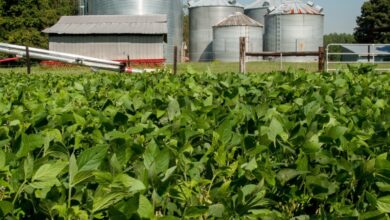Environmental Benefits of Building with Steel: Sustainable Steel Barns
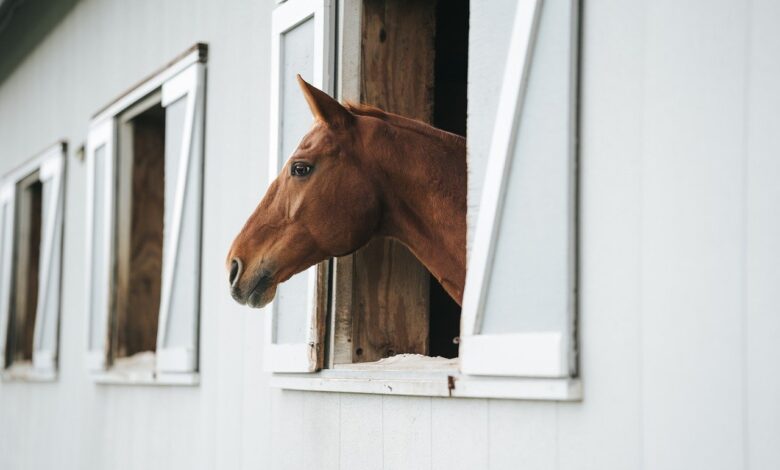
Sustainability is no longer an option but a necessity in today’s day and age. In this era, farmers are increasingly looking for eco-friendly solutions to serve their wide range of agricultural needs. To address the challenges presented by climate change, steel barns have emerged as one of the top Sustainable Barn Options for environmentally conscious agriculturists because of their high durability, efficiency, flexibility, and low carbon footprint.
With innovative designs and advanced engineering skills, metal barns are now a staple for most residential, agricultural, and commercial uses across the US. This has majorly happened due to a higher focus on sustainable design features along with improved energy efficiency.
High Recyclability, High Reusability
One of the most prominent environment-friendly benefits of steel, which also helps in lowering the material’s carbon footprint, is its high recyclability.
Galvanized steel is 100% recyclable and is 98% recycled across the US. This indicates that even if your metal barn catches rust and is demolished, it can effectively be refurbished into new elements, and it would not lose any properties, strength, or quality.
As it does not face any degradation in quality upon recycling, steel is a perpetual renewable resource for building construction. Whenever these structures are dismantled, their components, like braces, trusses, beams, and purlins, can be easily utilized in other structures. This reduces the construction and demolition impact on the environment.
Efficient Land Use
Steel is known to be 25 times stronger than traditional materials like wood. Also, it features a high strength-to-weight ratio, making it ideal for buildings as along with being robust, they are highly lightweight.
This inherent strength of steel results in thinner framing as compared to wooden structures, which means that metal barn structures can maximize the usable internal space without having to increase their land footprint.
- Eco-advantage: When less material is used, it translates into fewer resources being extracted from the environment.
- Practical advantage: With the land being optimally utilized, farmers can allocate more area for storing crops, housing livestock, parking farm vehicles, and other agricultural operations while making a smaller environmental impact.
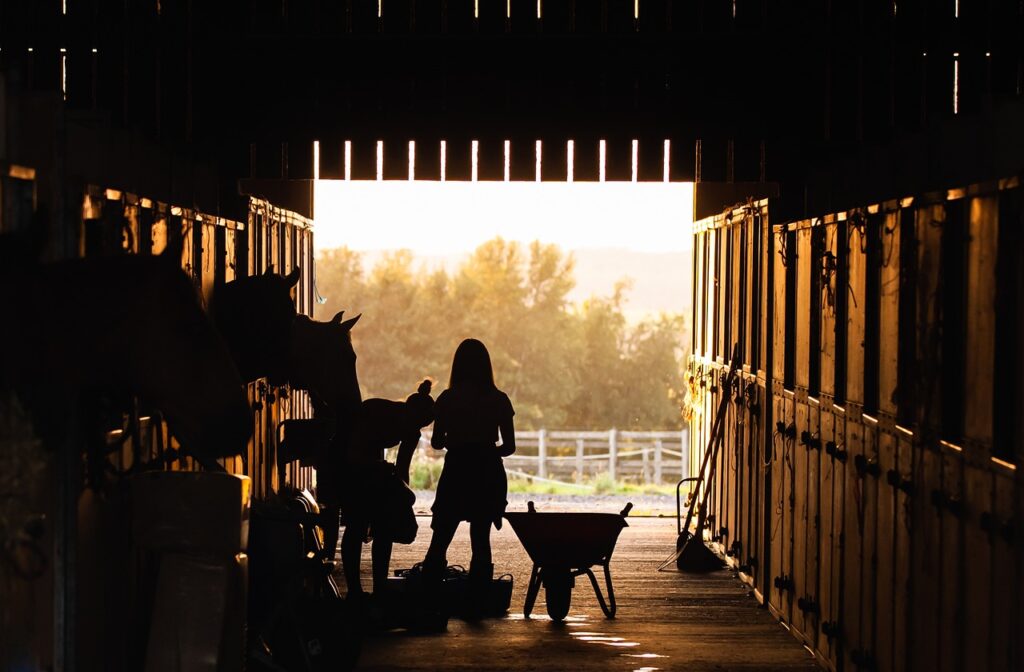
Energy Efficiency: Cool Summer, Warm Winter
Steel barns are also extremely energy efficient as they help in reducing energy consumption while lowering your carbon emissions. You can significantly decrease the heating and cooling costs within metal buildings and make long-term energy savings.
It is essential to note that steel buildings can also qualify for green certifications like Leadership in Energy and Environmental Design (LEED) or Energy Star ratings, which further emphasize their sustainability.
You can make sure that your structures are even more energy efficient by:
- Advanced Insulation Systems: High R-value insulation techniques can help you in maintaining a constant indoor temperature, reducing the possibility of condensation and moisture buildup and lowering the humidity levels. Proper insulation will ensure that your HVAC equipment is working adequately, along with reducing power consumption. You can opt for insulation, double-bubble insulation, woven R-17, or others.
- Reflective Coatings: Applying reflective paint and coating over the roof and side panel can facilitate the reflection of most sunlight, which will keep the indoors cooler than the local climate. This will also help you in designing free-stall barns with shade for your livestock.
- Energy-Efficient Windows and Doors: Make sure that there are no gaps letting the air out and apply insulation over doors and windows. This will lead to minimal heat transfer and maintain comfort across the barn.
- Ventilation: Maintaining a fresh airflow throughout your metal barn buildings is essential, and it can be achieved by strategically placing natural vents like windows, ridge vents, clerestory windows, louvers, and cupolas. Mechanical vents like exhaust fans and ceiling fans are more suitable for areas with no natural airflow.
- Tax Credits: You can effectively reduce power consumption by incorporating energy-efficient design elements. High-performing buildings can save up to $0.60 per square foot on annual expenses relating to operationality and maintenance and up to $0.53 per square foot on annual utility expenses, as per Energy Star.
Moreover, farmers can also qualify for local and state incentives or domestic content bonus credits when utilizing green materials.
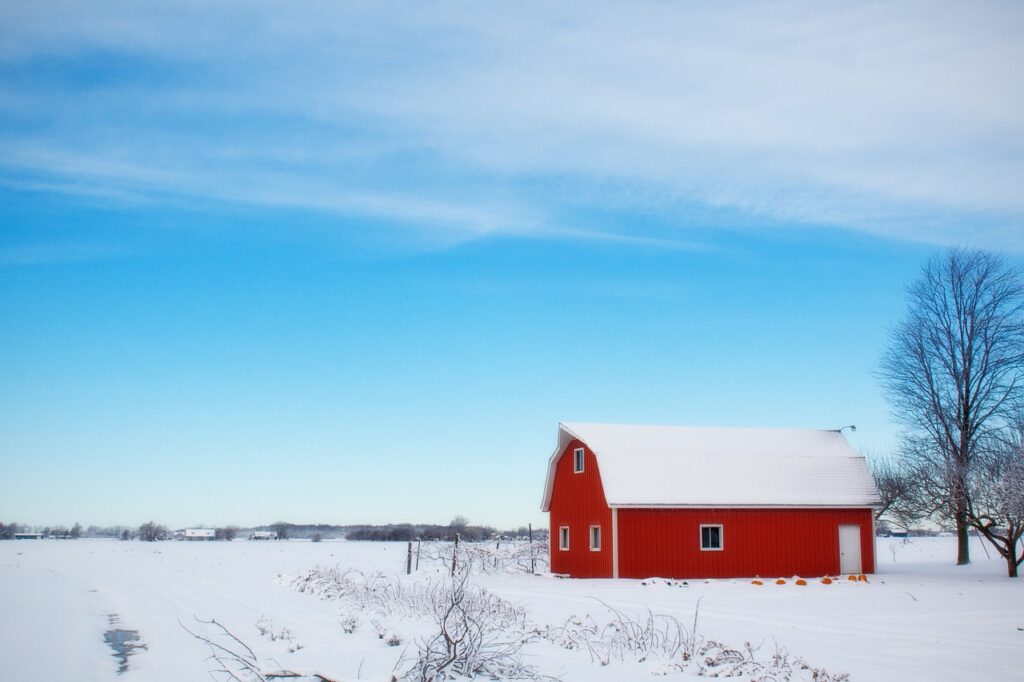
Low Maintenance: A Greener Choice
One of the most overlooked benefits of metal barn structures, in terms of environment, is their minimal maintenance needs. Unlike wood, which requires frequent repairs, structural reinforcements, pest control, repainting, sealing, and protective coatings, steel structures are highly resistant to mold, warp, decay, pests, rot, as well as weathering.
- Rust-resistant: A 100% galvanized steel building uses material coated with molten size, which makes it extremely resistant to corrosion and rust. They are less likely to face structural issues than wooden barns.
- Chemical-free: Steel barns do not need any chemical treatments to maintain their durability. This further reduces their environmental contamination.
- Savings: As the upkeep demand for steel structures is lower, it allows farmers to save time as well as resources, which makes the steel barns a green investment.
- Easy cleaning: Unlike wood, steel is non-porous and dense in nature. Hence, it doesn’t absorb dirt or grime, which often requires intense cleaning to remove. Metal surfaces are anti-fungal and easy to clean.
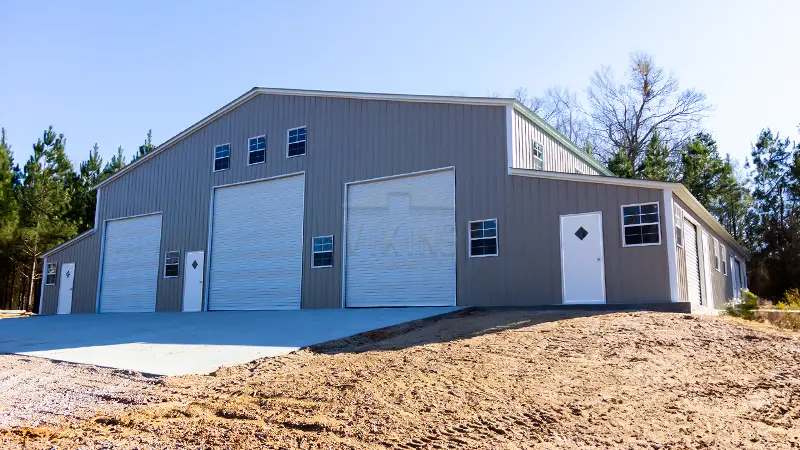
Durability and Disaster Resistance
The high resilience and durability of steel barn buildings contribute to their sustainability by extending their lifespan. Along with the reduced need for rebuilding and repairs, high-quality structures can resist extreme weather conditions, including heavy snowfall, earthquakes, intense rain, and hurricanes.
Certified barns can withstand snow loads of up to 80 lbs per square foot and wind speeds of up to 180 miles per hour. In case of adverse climates, you can opt for:
- 12-gauge thicker metal panels, offering higher strength and support.
- 26-gauge metal frames featuring higher stability.
- Vertical roofs allow for easy shedding and minimal accumulation of elements.
- Certified buildings meeting your local zoning requirements and building laws.
Reduced Construction Waste in Steel Barns
Steel barns structures are often prefabricated in nature, which means they are precisely constructed in factory-controlled settings and assembled on-site. This reduces construction wastage and speeds up the installation process as each component is pre-measured and cut to exact dimensions to fit perfectly.
According to the American Institute of Steel Construction, steel frame manufacturing produces nearly zero wastage as scrap is often integrated into the process or recycled.
Furthermore, nearly 90% of the water that is used in producing steel is often returned to the source cleaner, which leads to lower water pollution.
Compatibility with Renewable Energy Systems
Metal barn buildings are perfect for mounting solar panels or wind turbines because they are highly robust and stable. They can easily support larger solar arrays, allowing farmers to effectively generate electricity, reduce carbon emissions, lower their dependency on fossil fuels, and power the barn structure. Solar panel integration can contribute to energy savings, making metal barns greener.
A 12-gauge panel, along with vertical roofs, can easily bear the load of solar panels. It is likely to require minimum drilling, reducing the chances of leakage or structural damage.
Lighter Footprint
With prefab components, steel barns are extremely light in weight, when compared to traditional structures. This not only reduces the wastage but also lowers transportation impact on the environment. Even the assembly process requires less heavy-duty machinery, which further reduces energy consumption.
- Few trips are required to transport your barn, which helps you in cutting down on the fuel consumption and emissions.
- The quick installation reduces the time taken as well as the energy consumed in construction, minimizing your overall carbon footprint.
Adapt to Climate-Smart Functioning With Metal Barns
Metal buildings are extremely futuristic as along with being sustainable, they also allow farmers to easily customize their Steel Barns in order to incorporate modern technologies and reduce environmental impact like smart sensors and automated systems. Moreover, metal barns can also adapt and expand to meet your future requirements and challenges without significant environmental costs.






